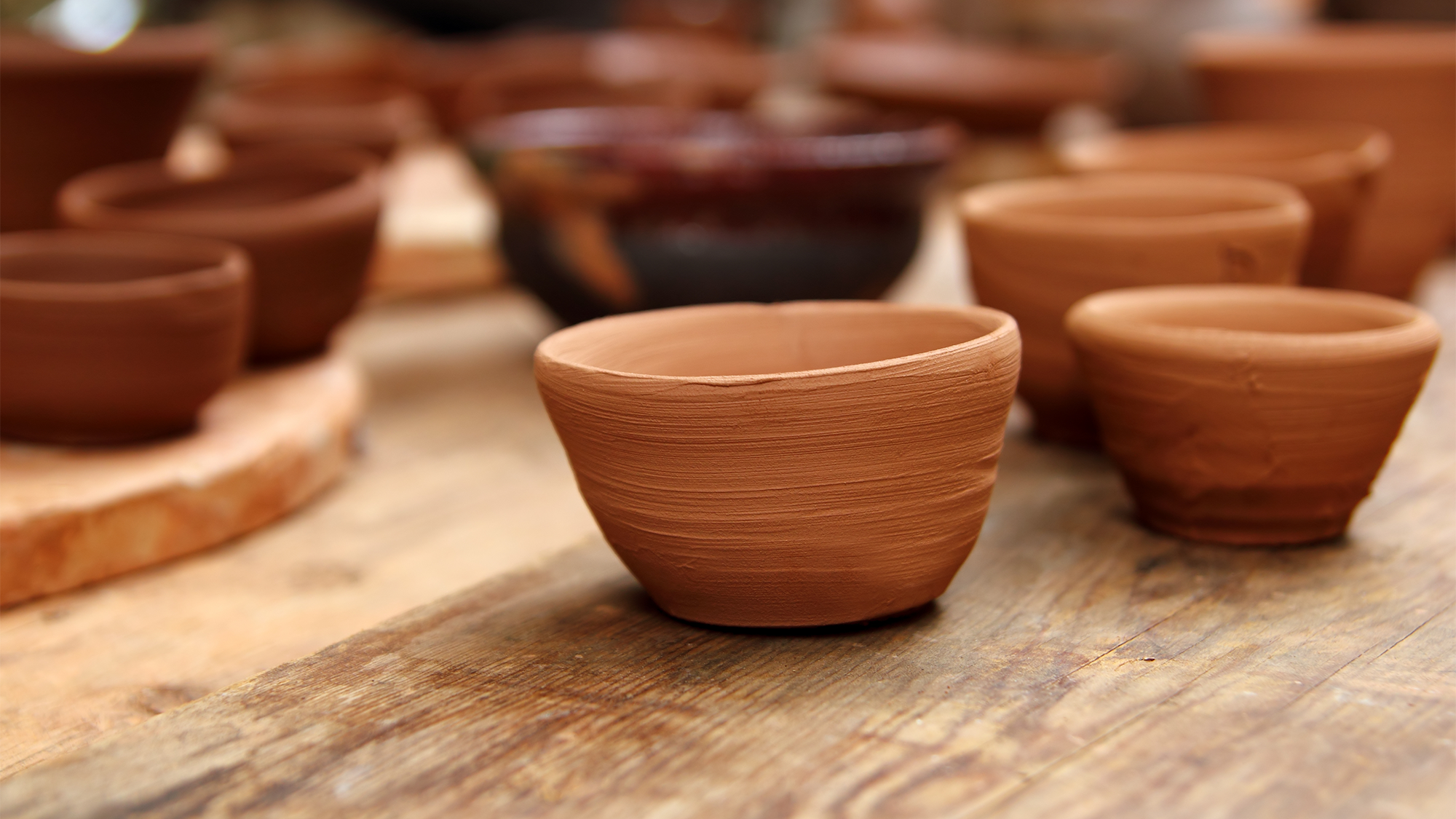

Thousands of years before life hacks, cat videos, some dubious health advice, and conspiracy theories took over social media, techniques for pottery making were spread in hunter-gatherer social networks.
A team from the University of York and the British Museum analyzed the remnants of 1,226 pieces of pottery from 156 sites in Northern and Eastern Europe and found a correlation between the pottery’s age, physical features, and how the ceramics were used. According to the study, this is evidence that communities shared the techniques and families passed down to other generations.
[Related: How to make pottery from scratch.]
Their findings, published December 22 in the journal Nature Human Behaviour, show that techniques for making pottery spread rapidly westwards from about 5,900 BCE onward through social traditions. It took only 300-400 years to advance more than 1,846 miles, or about 155 miles in a single generation—pretty fast for a time before quick transportation and TikTok.
The oldest pottery containers to date are close to 20,000 years old and come from eastern parts of Asia. They have been found with the remnants of multiple food including fish, boar, and tortoise inside. The techniques for making similar ceramic containers possibly spread over time through Siberia, before reaching hunter-gatherer societies in Northern Europe. Farming and agriculture reached countries in northern Europe about 6,000 years ago.
“Our analysis of the ways pots were designed and decorated as well as new radiocarbon dates suggests that knowledge of pottery spread through a process of cultural transmission,” study co-author Oliver Craig, an archeologist from University of York, said in a statement. “By this we mean that the activity spread by the exchange of ideas between groups of hunter-gatherers living nearby, rather than through migration of people or an expanding population as we see for other key changes in human history such as the introduction of agriculture.”
[Related: People in China have been harvesting rice for more than 10,000 years.]
The authors combined radiocarbon dating with data on how ceramic vessels at the time were produced and decorated, and an analysis of the food remnants found inside the pots. Studying the traces of organic material left behind in the pots helped the team demonstrate that the vessels were used for cooking, and shared culinary traditions may have helped share ideas and techniques for pottery-making.
“We found evidence that the vessels were used for cooking a wide range of animals, fish and plants, and this variety suggests that the drivers for making the pottery were not in response to a particular need, such as detoxifying plants or processing fish, as has previously been suggested,” added co-author Carl Heron, from the British Museum, in a statement. “We also found patterns suggesting that pottery use was transmitted along with knowledge of their manufacture and decoration. These can be seen as culinary traditions that were rapidly transmitted with the artifacts themselves.”
The team believes that specific knowledge may have been shared through marriages or at gathering places where hunter-gatherers may have gathered together, possibly at certain times of year.